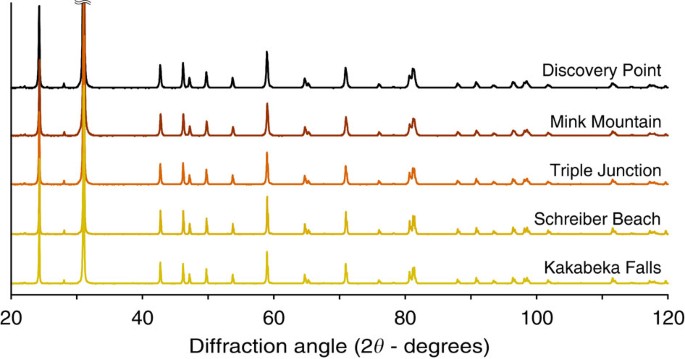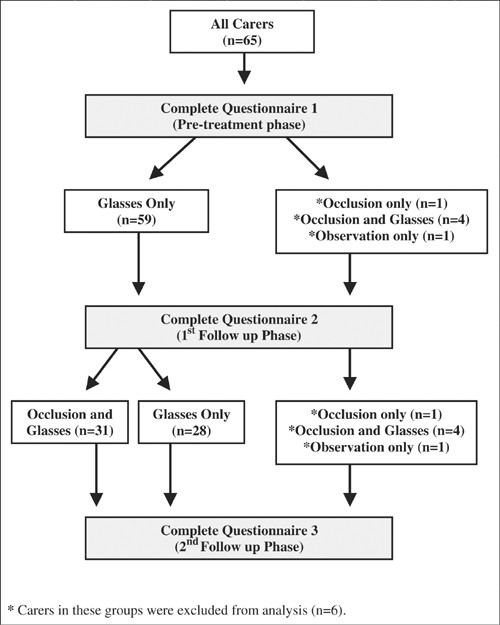
- Select a language for the TTS:
- UK English Female
- UK English Male
- US English Female
- US English Male
- Australian Female
- Australian Male
- Language selected: (auto detect) - EN
Play all audios:
Access through your institution Buy or subscribe Researchers from the University of Liverpool, UK, and the University of the West of England, Bristol, UK, have built a device that can detect
the early signs of bladder cancer from urine 'headspace' (the gas or empty space above the contents of a sealed container) in less than 30 min. The device, called ODOREADER, is
about twice the size of a payment card reader and contains a metal oxide sensor that analyses chemicals in the gas emitted from heated urine samples, creating an 'odour profile'.
Volatile organic compounds (VOCs) such as formaldehyde—which are produced when malignant cells undergo metabolic changes—are separated according to their chemical properties in a gas
chromatography oven and eluted from a capillary column. This is a preview of subscription content, access via your institution ACCESS OPTIONS Access through your institution Subscribe to
this journal Receive 12 print issues and online access $209.00 per year only $17.42 per issue Learn more Buy this article * Purchase on SpringerLink * Instant access to full article PDF Buy
now Prices may be subject to local taxes which are calculated during checkout ADDITIONAL ACCESS OPTIONS: * Log in * Learn about institutional subscriptions * Read our FAQs * Contact customer
support ORIGINAL RESEARCH PAPER * Khalid, T. _ et al_. A pilot study combining a GC-sensor device with a statistical model for the identification of bladder cancer from urine headspace
cancer. _PLoS ONE_ doi:10.1371/journal.pone.0069602 Download references Authors * Melanie Clyne View author publications You can also search for this author inPubMed Google Scholar RIGHTS
AND PERMISSIONS Reprints and permissions ABOUT THIS ARTICLE CITE THIS ARTICLE Clyne, M. Getting into the right (urine) headspace. _Nat Rev Urol_ 10, 490 (2013).
https://doi.org/10.1038/nrurol.2013.165 Download citation * Published: 30 July 2013 * Issue Date: September 2013 * DOI: https://doi.org/10.1038/nrurol.2013.165 SHARE THIS ARTICLE Anyone you
share the following link with will be able to read this content: Get shareable link Sorry, a shareable link is not currently available for this article. Copy to clipboard Provided by the
Springer Nature SharedIt content-sharing initiative







